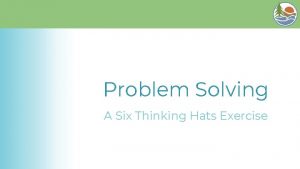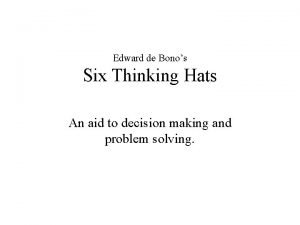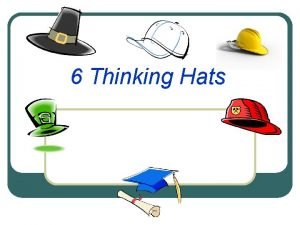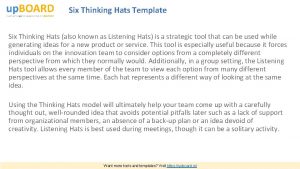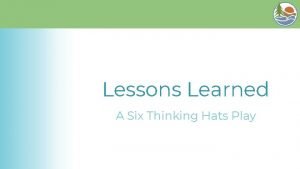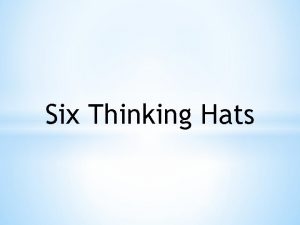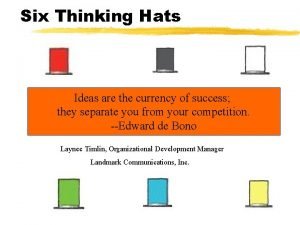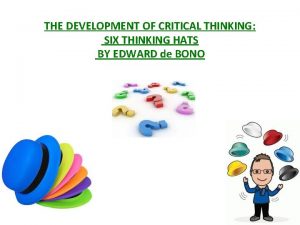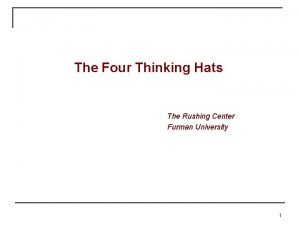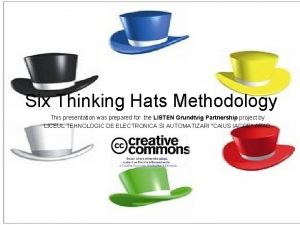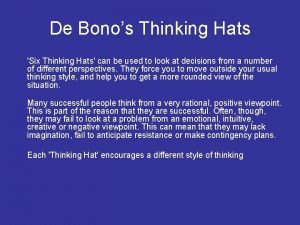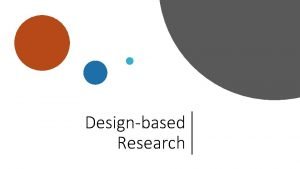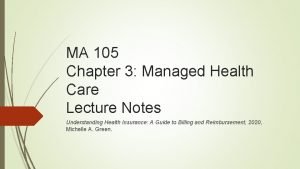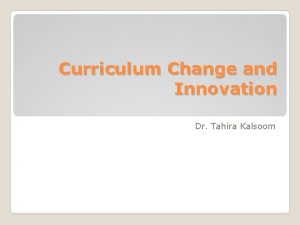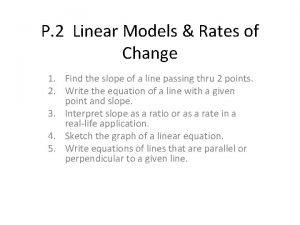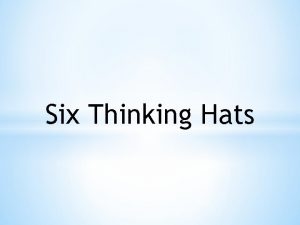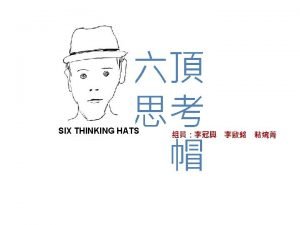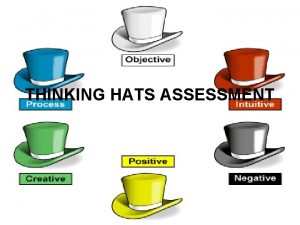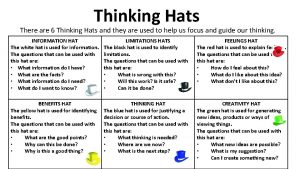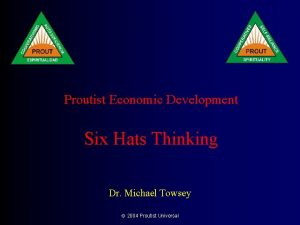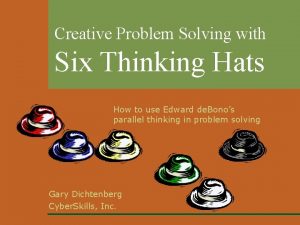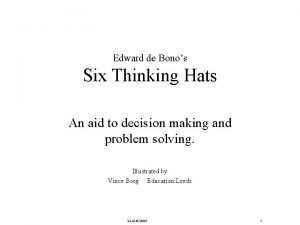Unit V Change Models Six Thinking Hats Six



























- Slides: 27

Unit V Change Models

Six Thinking Hats



Six Thinking Hats



Change versus Transition







Tony Buzan’s Mind Map • • • A Mind Map® is a powerful graphic technique which provides a universal key to unlock the potential of the brain. It harnesses the full range of cortical skills – word, image, number, logic, rythm, colour and spatial awareness – in a single, uniquely powerful manner. In so doing, it gives you the freedom to roam the infinite expanses of your brain. The Mind Map® can be applied to every aspect of life where improved learning and clearer thinking will enhance human performance. Originated in 1970 by Tony Buzan, Mind Maps® are now used by millions of people around the world – from the very young to the very old – whenever they wish to use their brains more effectively. Similar to a road map, a Mind Map® will: Give you an overview of a large subject/area. Enable you to plan routes/make choices and let you know where you are going and where you have been Gather and hold large amounts of data. Encourage problem solving by seeing new creative pathways. Enable you to be extremely efficient. Be enjoyable to look at, read, muse over and remember. Attract and hold the eye/brain.



Rosemary Stewart ‘s Model • Rosemary Stewart developed a concept which enables jobs to be examined in three very important ways: the demands of the job, which are what the job-holder must do; the constraints, which limit what the job-holder can do; and the choices, which indicate how much freedom the job-holder has to do the work


Nadler –Tushman Congruence Model

• The Congruence Model was developed in the early 1980 s by organizational theorists David A. Nadler and Michael L. Tushman. It's a powerful tool for identifying the root causes of performance issues. It can also be used as a starting point for identifying how you might fix them. • It's based on the principle that a team or organization can only succeed when the work, the people who do it, the organizational structure, and the culture all "fit" together – or, in other words, when they are "congruent" (see figure 1, below). • Where there is incongruence, or a poor fit, between these four critical elements, problems will arise






Power Interest Matrix
 7 hats exercise
7 hats exercise Black hat six thinking hats
Black hat six thinking hats Video six thinking hats
Video six thinking hats Yellow hat activity
Yellow hat activity 6 thinking hats template
6 thinking hats template Six thinking hats activity
Six thinking hats activity Six thinking hats green hat
Six thinking hats green hat Six hats
Six hats Six thinking hats
Six thinking hats Red hat blue hat book
Red hat blue hat book Critical thinking hat
Critical thinking hat 6 hats exercise
6 hats exercise Four thinking hats
Four thinking hats 6 thinking hats presentation
6 thinking hats presentation Debonos thinking hats
Debonos thinking hats De bonos thinking hats
De bonos thinking hats What is the difference between modals and semi modals
What is the difference between modals and semi modals Design thinking models
Design thinking models Positive thinking vs negative thinking examples
Positive thinking vs negative thinking examples Thinking about your own thinking
Thinking about your own thinking Analytic vs holistic thinking example
Analytic vs holistic thinking example Perbedaan critical thinking dan creative thinking
Perbedaan critical thinking dan creative thinking Thinking about you thinking about me
Thinking about you thinking about me Managed care is categorized according to six models
Managed care is categorized according to six models Sources of curriculum change and innovation
Sources of curriculum change and innovation Linear models and rates of change
Linear models and rates of change Unit 10, unit 10 review tests, unit 10 general test
Unit 10, unit 10 review tests, unit 10 general test Thinking for a change
Thinking for a change
